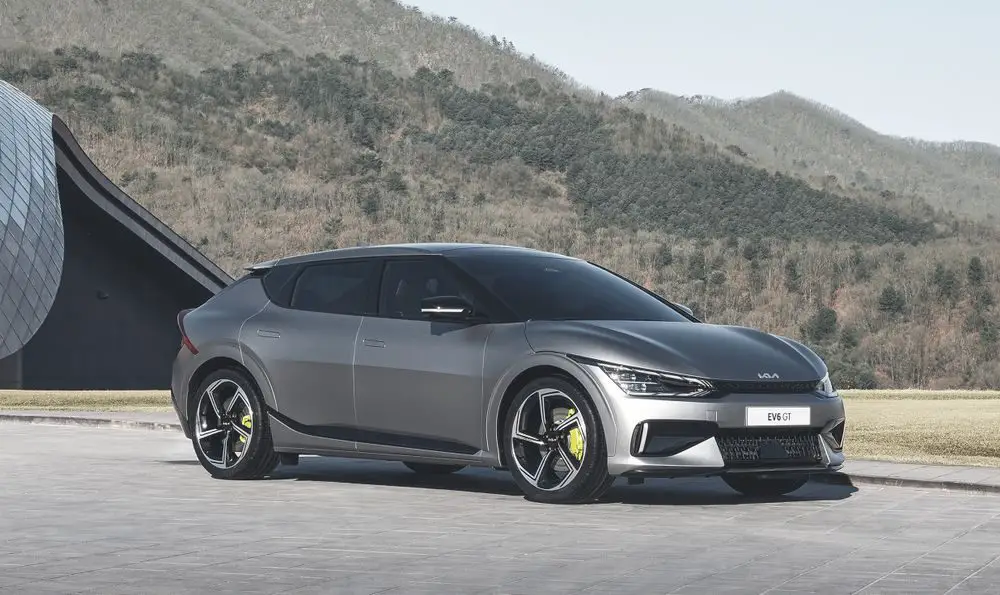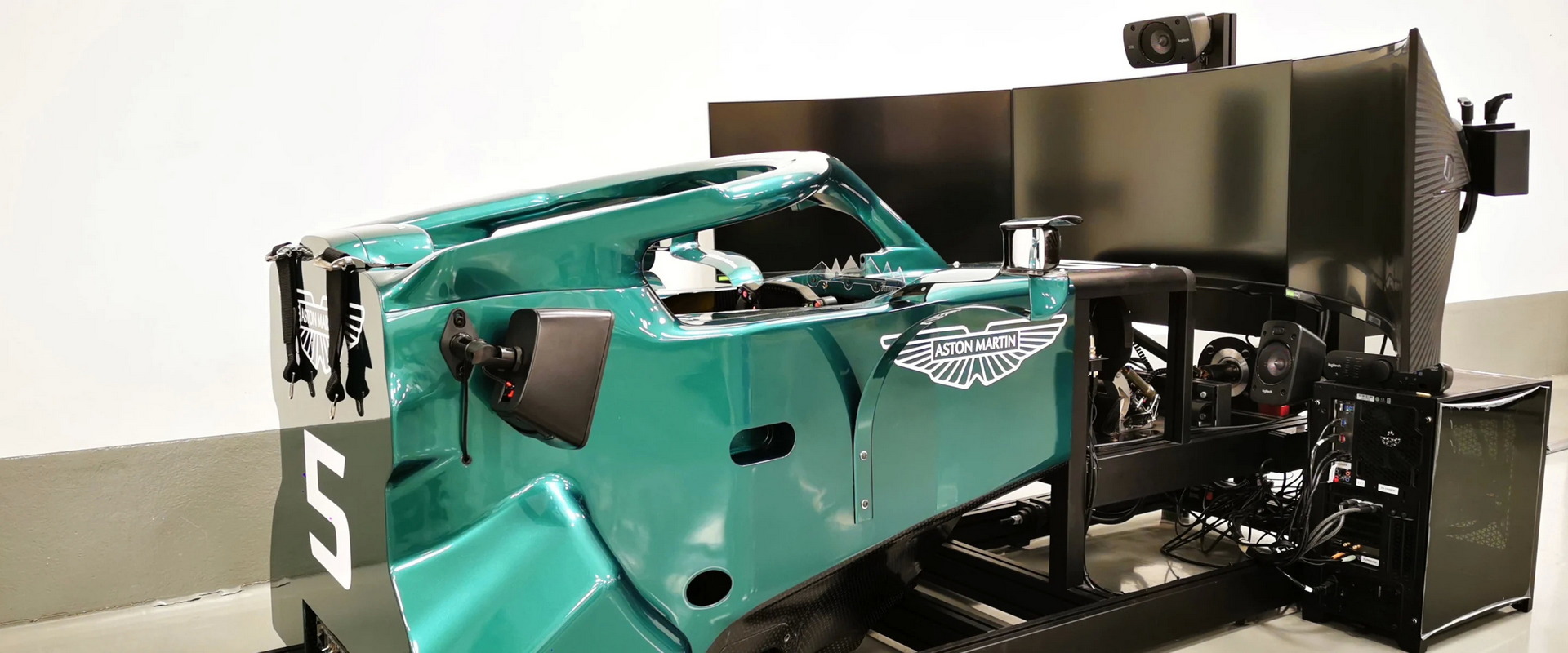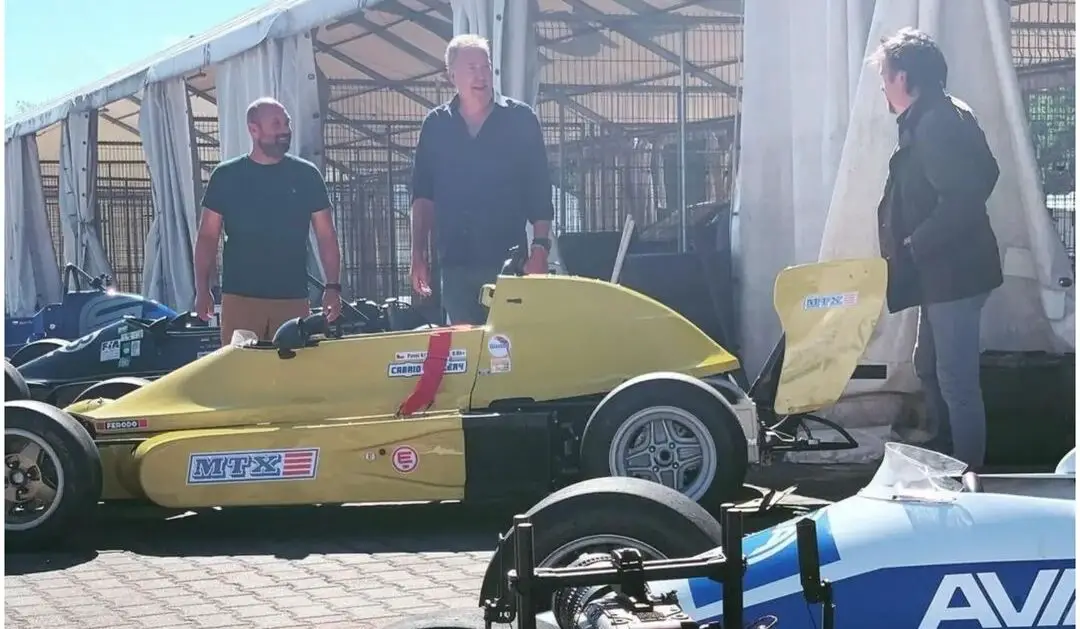Richard Hammond’s Unfair Advantage in the Holy Trinity Race
But the real advantage of the Porsche 918 Spyder, isn’t in the 4.6L V8 608hp naturally aspirated petrol motor, or in the 125hp electric motor used to power the front wheels, or the second 154hp electric motor used to assist the back wheels, making for a combined 887hp total power… The true secret to the success of the Porsche 918 is its active four-wheel steering. Yes, the same technology that was introduced to the world in the 1987 in the third-generation Honda Prelude.
Now in fairness to both Honda and Porsche, the original 1987 Honda four-wheel steering system was mechanical. While it was quite the commercial success in that nearly 80% of all Prelude buyers opted for the four-wheel steering option, the mechanical aspects of the system simply would not last the test of time. Porsche has stepped up the game by using electric actuators controlled by state-of-the-art computers to provide a true active four-wheel steering system worthy of a top of the line machine. Porsche has made its active four-wheel steering and optional extra as of 2016 for all models of the Porsche 911 and for the Panamera.
So why does four-wheel steering make such a big difference in performance around a track? Well, if you have ever been on a merry-go-round at the park, you will recall that the further to the outside of the circle you sit, the faster you spin around the circle. Merry-go-rounds, while perhaps not the safest park ride ever created, definitely taught children a valuable lesson about rotating objects and centrifugal force, the outside edges of the rotating circle must travel faster than the center.
The same centrifugal forces apply to your car when you are steering it around a corner. The inside wheels need to spin at a slower speed than the outside wheels. This is the purpose of the differential mounted in the axel(s) of the car, to allow for the differences in speed required of each wheel when cornering. The differential is great at what it does, however there is still a problem in that when you corner your car, the front wheels are pointed where they are going, but the back wheels are pointed a different direction. This is where four-wheel steering comes in to make such a huge advantage.
If you have ever driven your car on a smooth concrete surface in a parking lot, you may have heard your tires screeching when going around a corner. While your front wheels can make a screeching noise as they are forced to turn in a small radius, it is typically the back wheels that make the most noise as they have no choice but to lose grip on their edges as they are tightly pivoted across the surface of the concrete. The wailing sound comes from the rubber tire being scrapped across the concrete.
The amount of contact between the tire and the road is only about the size of your hand. As the car is turned at a tighter and tighter radius, the back wheels, which are locked and pointed in a fixed direction, can only be rotated through force. The tighter the turning radius, the more the rubber on the rear wheels must give up its adhesion to the road in order for the vehicle to turn. This means that instead of a patch the size of your hand contacting your wheel to the road, the area could be reduced to the size of a quarter, and only for the one tire that is closest to the center of the circle. If you are trying to also apply power to the road while tightly turning, you can easily overpower the tiny area of adhesion, and spin your tires. While spinning your tires may make for a good show, it does not get you down the road faster, and it certainly does nothing for your handling. This is why front-wheel drive cars tend to have better handling during tight corners at low speeds than rear wheel cars.
[button color=”red” size=”big” alignment=”center” rel=”follow” openin=”samewindow” url=”https://grandtournation.com/4466/richard-hammonds-unfair-advantage-in-the-holy-trinity-race-ds0669/3/”]Next Page[/button]



